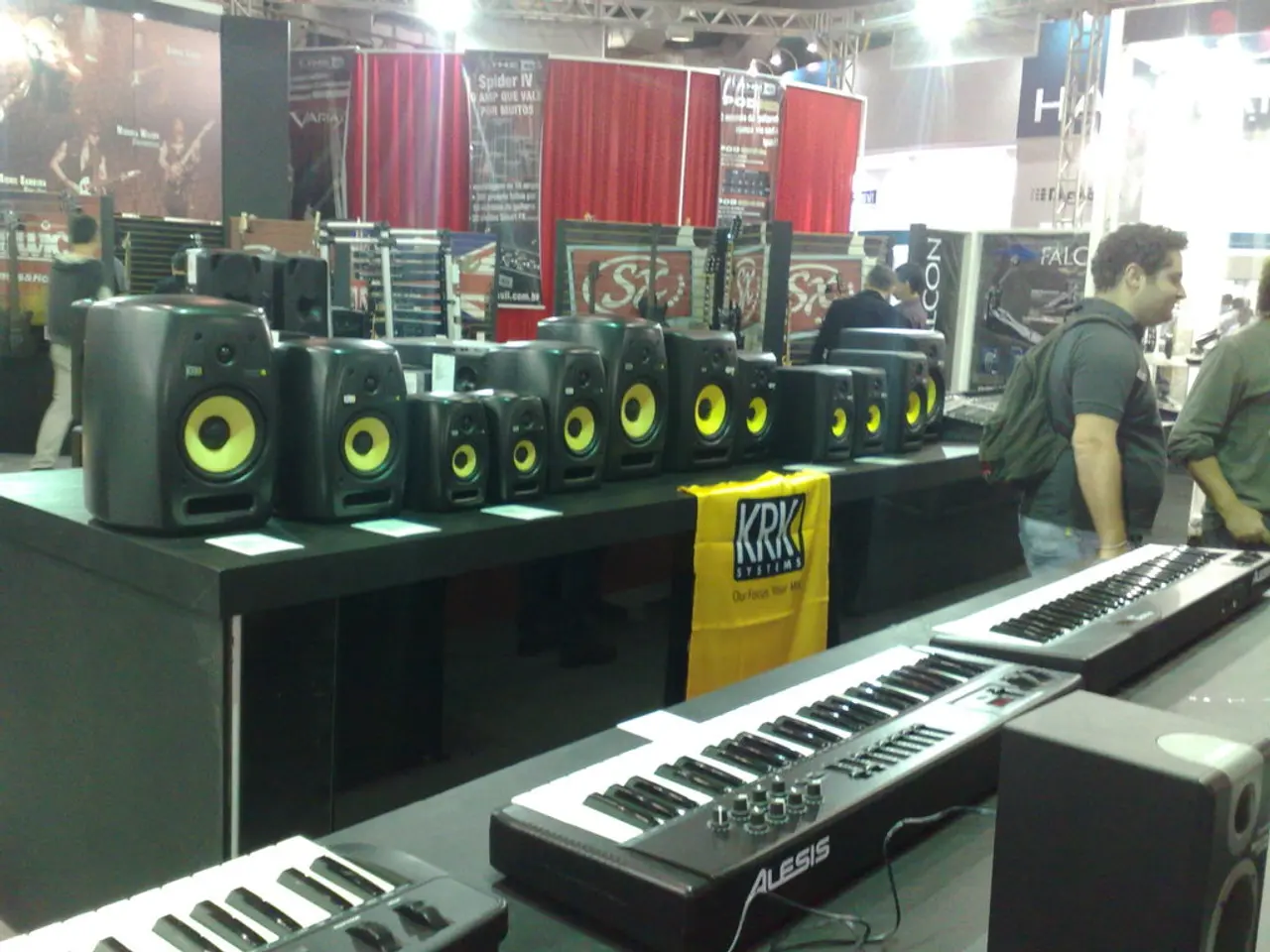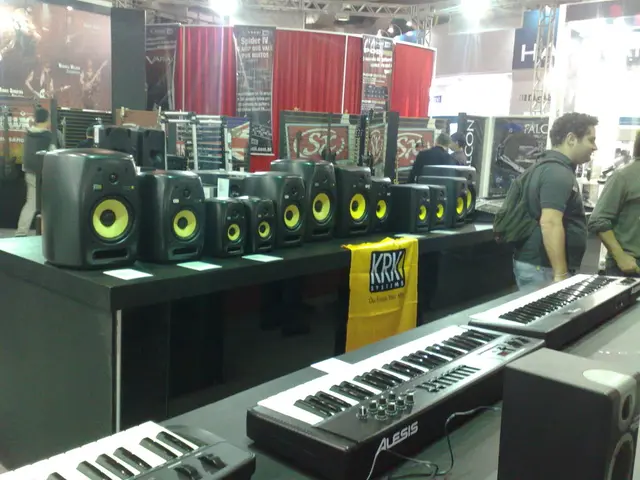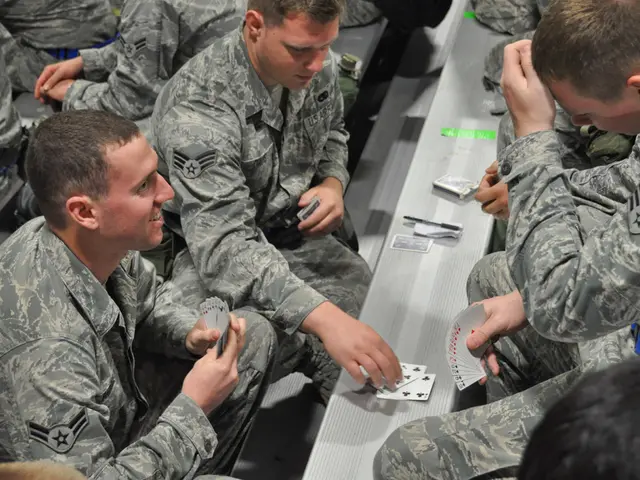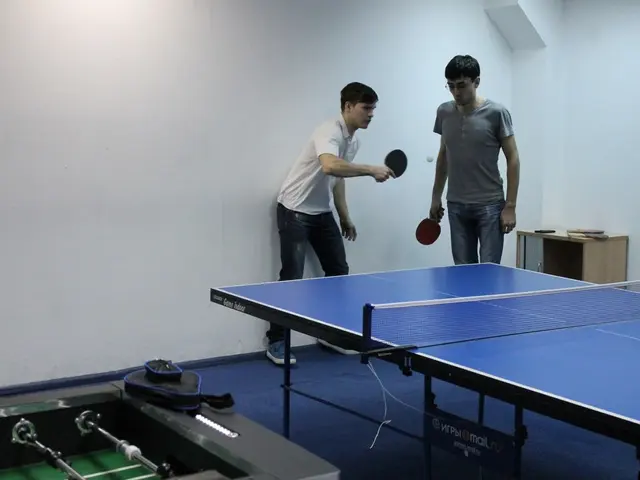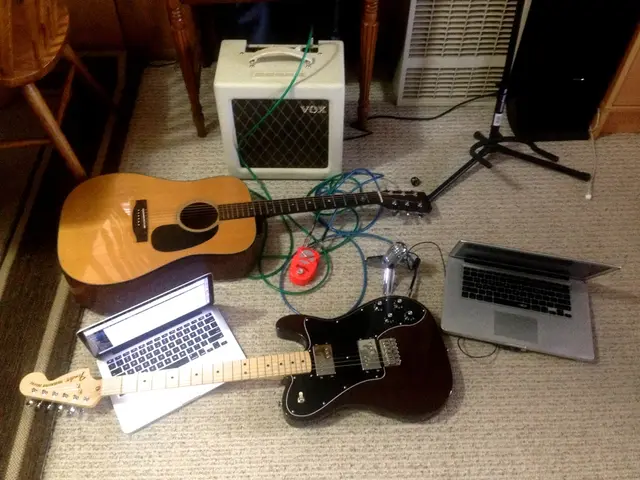Blackjack Card Counting Detection in Casinos: Effective or Myth?
In the world of blackjack, a group of skilled players have developed a system known as card-counting to gain an advantage over the house. This method was first made public by American mathematician Edward O. Thorpe in his 1962 book "Beat the Dealer".
Card-counting allows players to gauge when there are more high cards left in the deck, making the deck statistically favorable to the player. To do this, players attach a value to each card as it comes out of the deck, keeping a running count in their head. High cards (tens through aces) favor the player, while low cards favor the dealer.
However, to avoid detection by casino card-counting detection devices, a team can coordinate their bets so that only one player increases significantly while the others maintain the same bet or a lower increase. This subtlety is crucial, as casinos share databases of known card-counters internationally, so being banned from one casino may result in ejection from another, even if it's on the other side of the world.
Professional card-counting teams use advanced strategies such as spotters and big players, team coordination, camouflage techniques, optimized bet spreads, and strategic basic strategy deviations to avoid detection in casinos. They deploy multiple players with distinct roles to minimize individual exposure and maximize coverage of many tables while concealing their advantage play.
Key advanced strategies include team roles and spotting, camouflage and behavioral control, optimized bet spreads and deviations from basic strategy, and mathematical maximization and sampling rate. Team members employ "spotters" who quietly count cards at various tables but make minimal or no large bets, reducing suspicion. When the count becomes favorable, a "big player" or "shooter" is signaled to join and make large bets, exploiting the advantage.
Casinos will do everything they can to prevent card-counting from occurring, and those suspected of employing advantage play will be banned from the casino. However, today's card-counting detection devices, including RFID and computer vision systems with facial recognition software, are not always effective in tracking multiple random blackjack players and identifying them as a team.
In sum, professional card-counting teams use team-based division of labor (spotters and big players), behavioral camouflage, optimized bet spreads, strategic deviations, and high-volume sampling to maximize profit and minimize detection risk in casinos. Despite these efforts, casinos remain vigilant, employing highly trained personnel and surveillance cameras to maintain the integrity of their games.
[1] Neumann, G., & Ziemba, W. T. (1998). Casino Gambling and the Monte Carlo Method. Springer. [2] Thorp, E. O. (1966). Playing Blackjack to Win. McGraw-Hill. [3] Griffiths, R. (2005). Blackjack: A Guide for the Player. Barron's Educational Series. [4] Snyder, D. (2006). The Blackjack Bible. Wiley. [5] Watson, M. (2008). Blackjack for Blood. Thomas Dunne Books.
- Blackjack bloggers often discuss the strategies used by card-counting teams in casinos, particularly the use of team roles such as spotters and big players, camouflage techniques, and optimized bet spreads to avoid detection.
- Despite the increasing use of advanced technology like RFID and computer vision systems with facial recognition software by casinos, casino-and-gambling enthusiasts on blogs still highlight cases where casino-games like blackjack are still susceptible to card-counting, leading to potential profits for skilled players.
